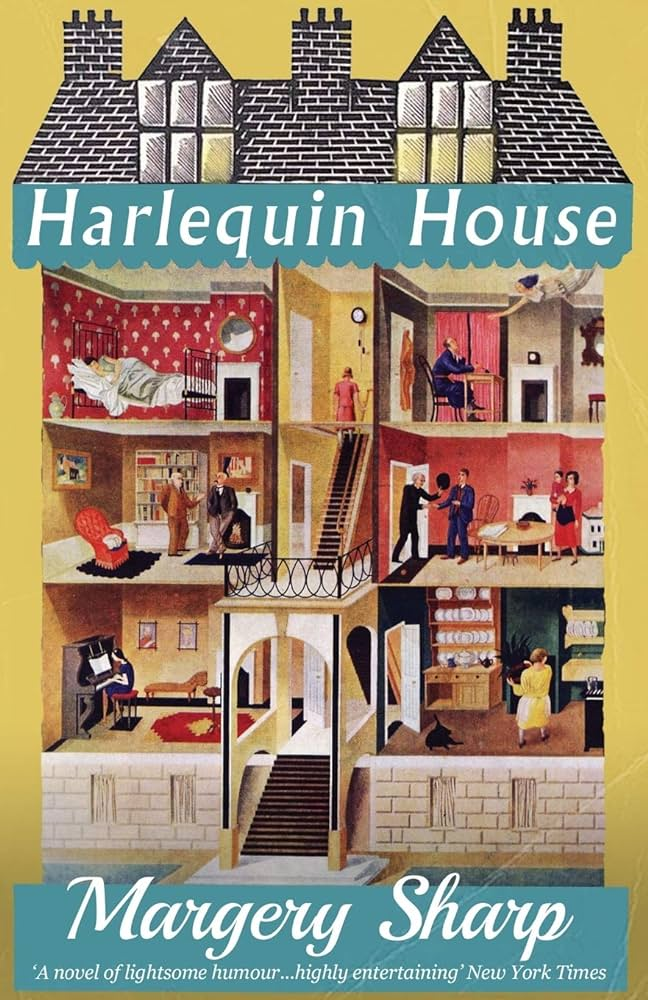The Guernsey Girls Go to War by Mary Wood – an intense story of female friendship during the Second World War


The Guernsey Girls Go to War by Mary Wood
This is a fast moving and sometimes moving book of female courage and friendship in extreme circumstances. It is set in the early days of the Second World War and shows how this conflict affected people in London and of course, Guernsey. It goes beyond the simple stories of Blitz and Occupation and describes the real relationships between people dealing with impossible situations. The characters were introduced in the first book in the trilogy, “The Guernsey Girls” as Oliva and Annie. I believe you could read this book as a standalone as the young women’s backstories are skilfully woven into the narrative of this second book, but the first book is well worth finding and reading. Wood is very good at telling the stories of the main characters, but also creating minor appearances with telling details. Her research into the times, places and general atmosphere of the novel is good, and the narrative is never slowed by needless facts, and Wood maintains a good pace of events and resolutions. There are some tragic elements of this novel, but it is an engaging read throughout, and the characters are very vivid and well drawn. As always from this author, this book is thoughtfully written with great insight into people’s lives and a genuine feeling for the problems faced by so many in wartime and any time. I found this a book that was difficult to put down, and I am very grateful for the opportunity to read and review it.
The two main characters are the wealthy Olivia and the determined Annie from the East End of London. In the first novel they are thrown together by a very dramatic accident and become fast friends who are devoted to each other despite their very different backgrounds. They have stuck together, despite Olivia spending a lot of time in her home on the Channel island of Guernsey, and Annie having huge family commitments in London. Olivia is deeply in love with Hendrick, a young man born in Germany but brought up by an aunt on Guernsey. His loyalties to his father mean he must take actions that he dislikes intensely, to be seen to support the Nazi regime even though he has plans to take action that could place several people in danger. As Olivia spends time on the island the war draws ever closer and life becomes difficult and dangerous for everyone. Meanwhile in London Annie has rediscovered her family, but her sister Janey is trying to cope with enormous challenges and her mother needs extra help. Annie is also missing her true love, while having found a career that she finds fulfilling. As the blitz begins, everyone is at risk, and others are gathered into an informal group for mutual support. Annie is also missing Olivia, and fearing for her safety as the Germans take over Guernsey. As Annie must be caring, resourceful and flexible, Olivia is coping with many challenges in an occupied island while missing Hendrick.
This is an intense read with so much going on. I almost felt the need to keep notes on the various characters, but Wood develops each character very carefully and consistently. I found this a terrific read with some very strong ideas which may find echoes today but is solidly placed in a fascinating time. I recommend this book to those who enjoy female led fiction set during the Second World War, as well as anyone who enjoys stories featuring strong characters and relationships.





